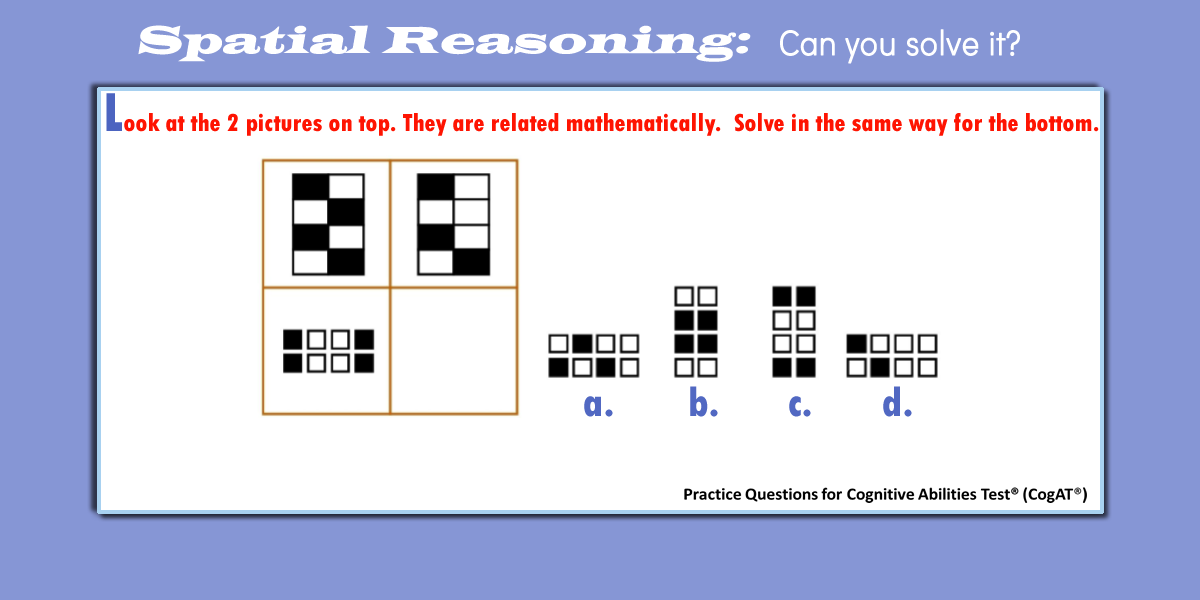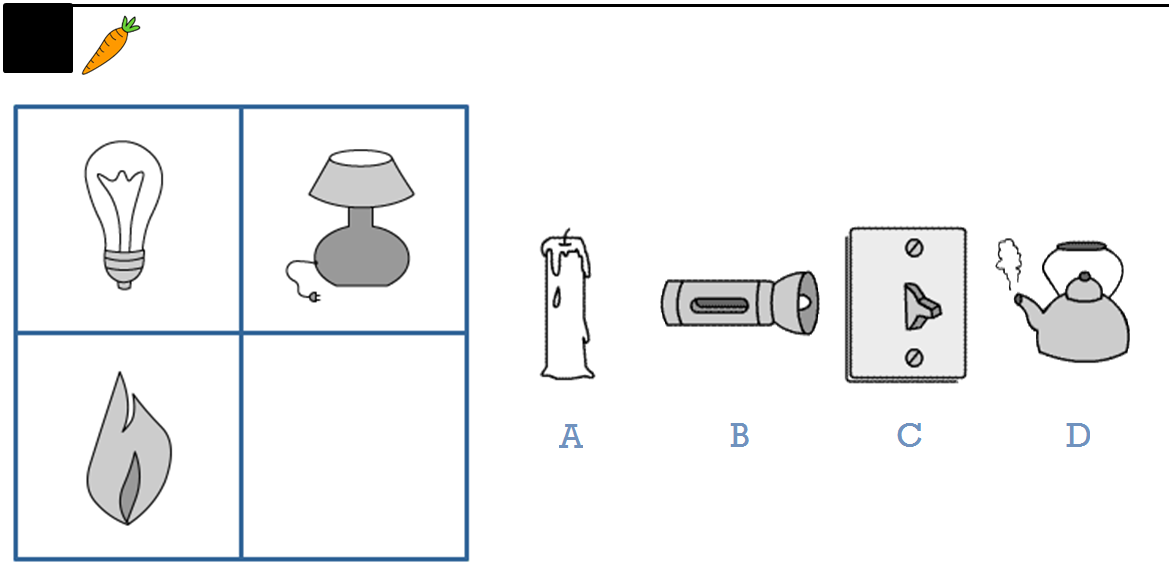

A higher stanine will indicate a high level of cognitive skill. Stanine scores are ranked from 1 to 9 (with 9 being the highest). The student’s test report card will indicate a standard age score, a stanine score and their percentile rank. This gives an indication of how a student has performed in relation to their peers. The number that corresponds to the composite score is indicative of the percentile in which your child is placed, based on all three sections of the test.Ī composite percentile of 85 would mean that your child is in the 85th percentile or that their overall score was higher than 85% of their peers who took the test.Ī norm score is also generated, which is based on using age norms (national) and grade norms (national) so that scores can be compared to other participants of the same age (or in the same school grade). Your child takes the assessment, which is made up of three sections (referred to as batteries), and their performance on all of the sections generates one composite score. The correct answer is: b) Sock How Is the CogAT Test Scored? The correct answer is: Pineapple, as the most sensible categorization that connects the original words is fruit. Verbal Battery Classification QuestionĬhoose the word from the following that makes the most sense to go where the ? is: The correct answer is: c) 13, because the numbers are an ascending order, with 3 added to the previous number.
#Cogat practice test 2nd grade series
Which number is missing from the series here: You may also notice that both equations have 2 and 10 in them, so the missing number must be five, as there is a five in the first equation. For the equation with the symbol, you’ll add 10 + 2, which is 12, and subtract this from 17 (17 – 12) to get 5. This can be determined by adding 5, 2 and 10, which equals 17. Tip: Rephrase this to your child by asking: Which number replaces the X to make the equations equal, so the left one is the same as the right one?įive is the number that is missing. Some Examples of Questions That May Appear on the Test Quantitative Battery Quantitative Relationsġ. The non- verbal battery eases this to a degree, as language skills are not the primary focus here (although some reading is still involved to ascertain what is being asked of the student). Some students may find having to read the questions provides added pressure.

The verbal section tests a child’s reading and understanding of words and sentences in English and their ability to: The assessment has 154 questions and students have 122 minutes to answer them all. The questions on the test at the 2nd grade level will be aimed at their age group and include simple mathematical equations (addition, subtraction, multiplication and spotting patterns) and basic linguistic skills such as spelling, punctuation, sentence structure and basic classification skills. The 2nd Grade CogAT Test will usually be the level 8 test (with participants broadly being around eight years old). The CogAT has 10 levels, each with a number that corresponds to the age group that it is aimed at. How Is the CogAT 2nd Grade Test Structured? Children in the lower grades are able to listen to the questions. The main difference 2nd graders will encounter when comparing this test to one they may have previously done is that they will be required to read the questions. Students will usually encounter the CogAT 2nd grade test while they are studying in the 2nd grade at elementary school. Schools across the US use CogAT tests to measure academic ability and to identify particularly gifted students.

There are 14 levels of the test that are set for different age groups throughout the K through 12 age range. It is a K through 12 assessment that is usually administered in a multiple choice format. The CogAT (abbreviation for Cognitive Abilities Test) is an assessment that measures the skills of children and young people in three key areas:

The CogAT 2nd Grade Test is an assessment given to 2nd graders that tests their cognitive and reasoning skills.


 0 kommentar(er)
0 kommentar(er)
